Welcome to SurgeryStudent.com!
Take a look around and learn something new! This site was developed to be a single surgical site for students who want to learn as much as they can about…
Read More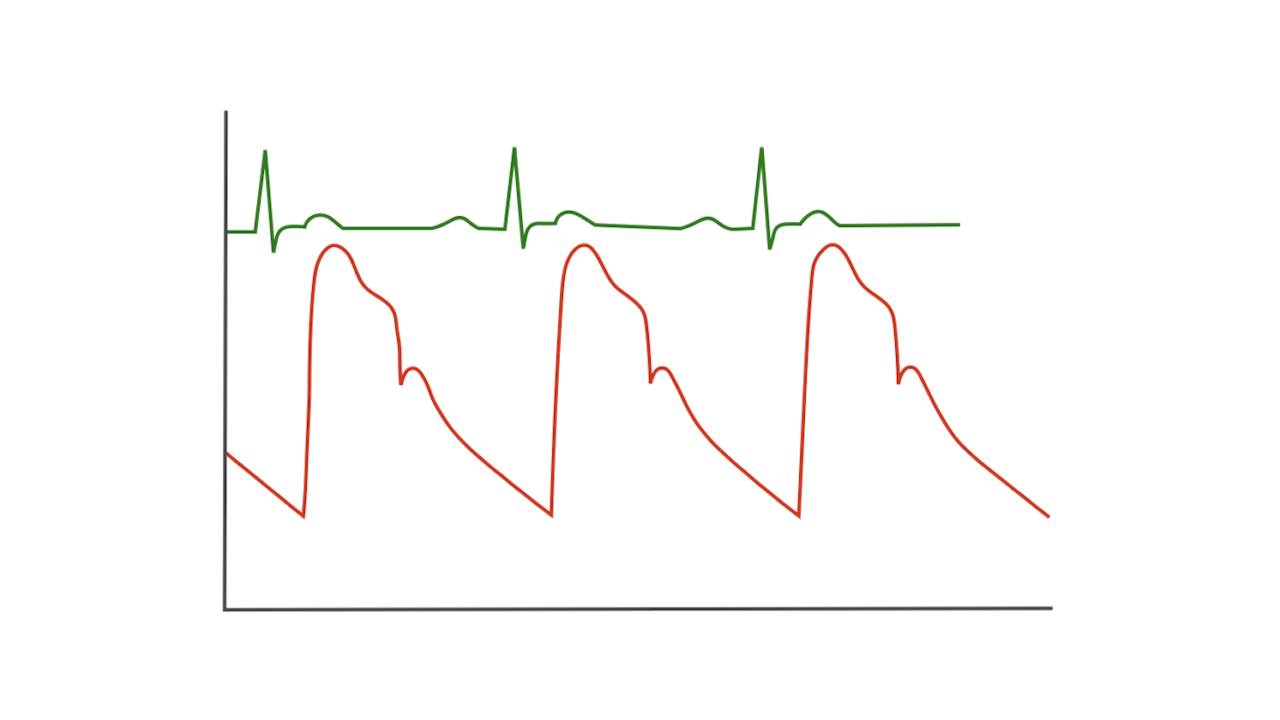 Arterial Line Insertion
Arterial Line Insertion
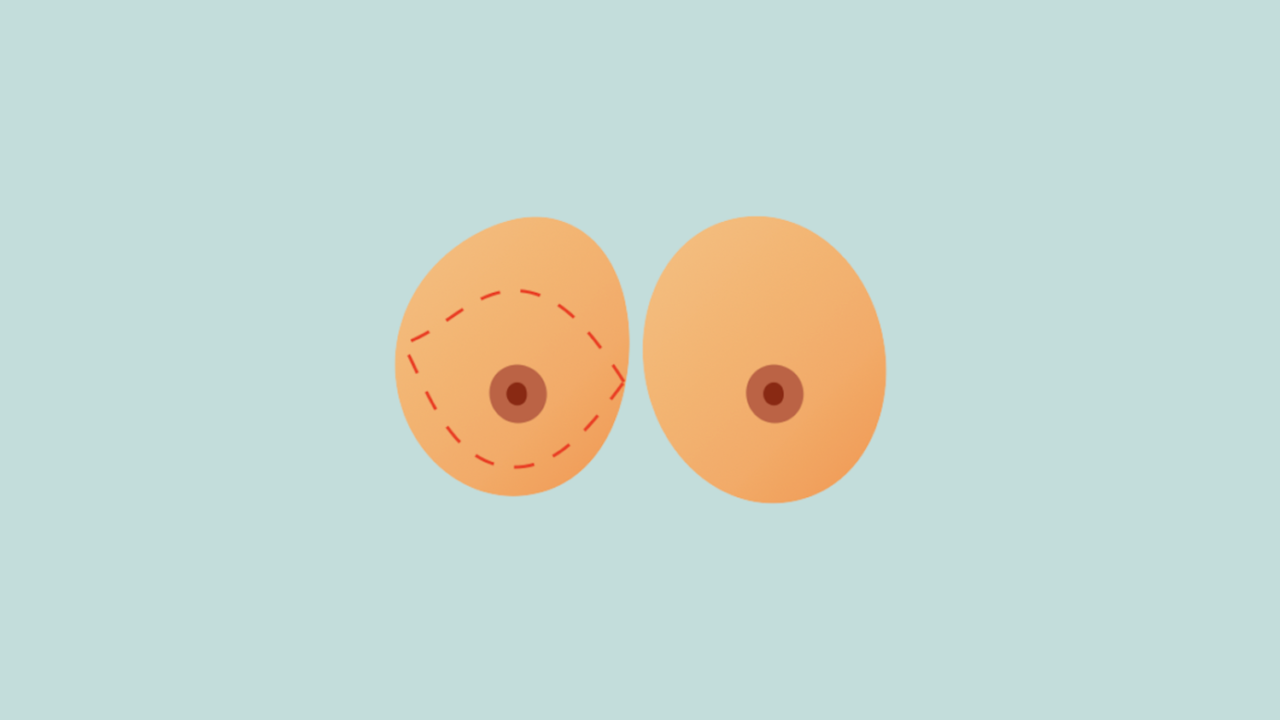 Modified Radical Mastectomy
Modified Radical Mastectomy
 Trauma Thoracotomy
Trauma Thoracotomy
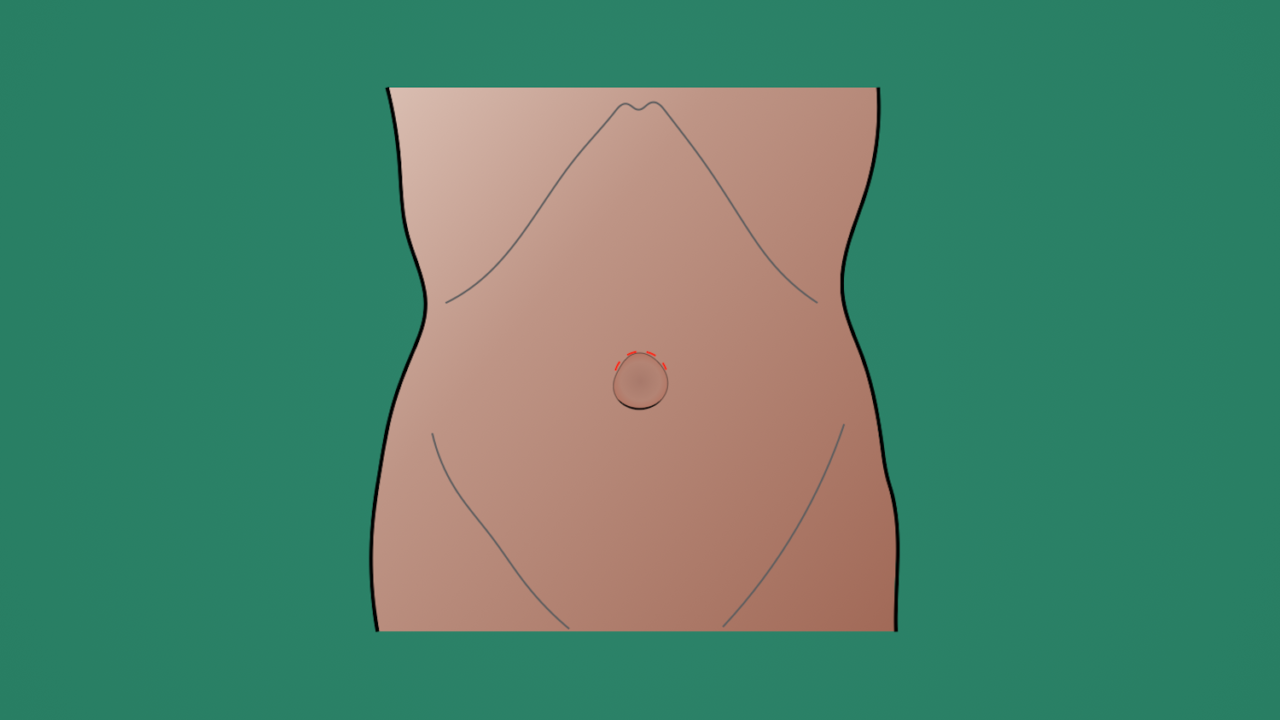 Umbilical Hernia Repair
Umbilical Hernia Repair
 Thoracotomy
Thoracotomy
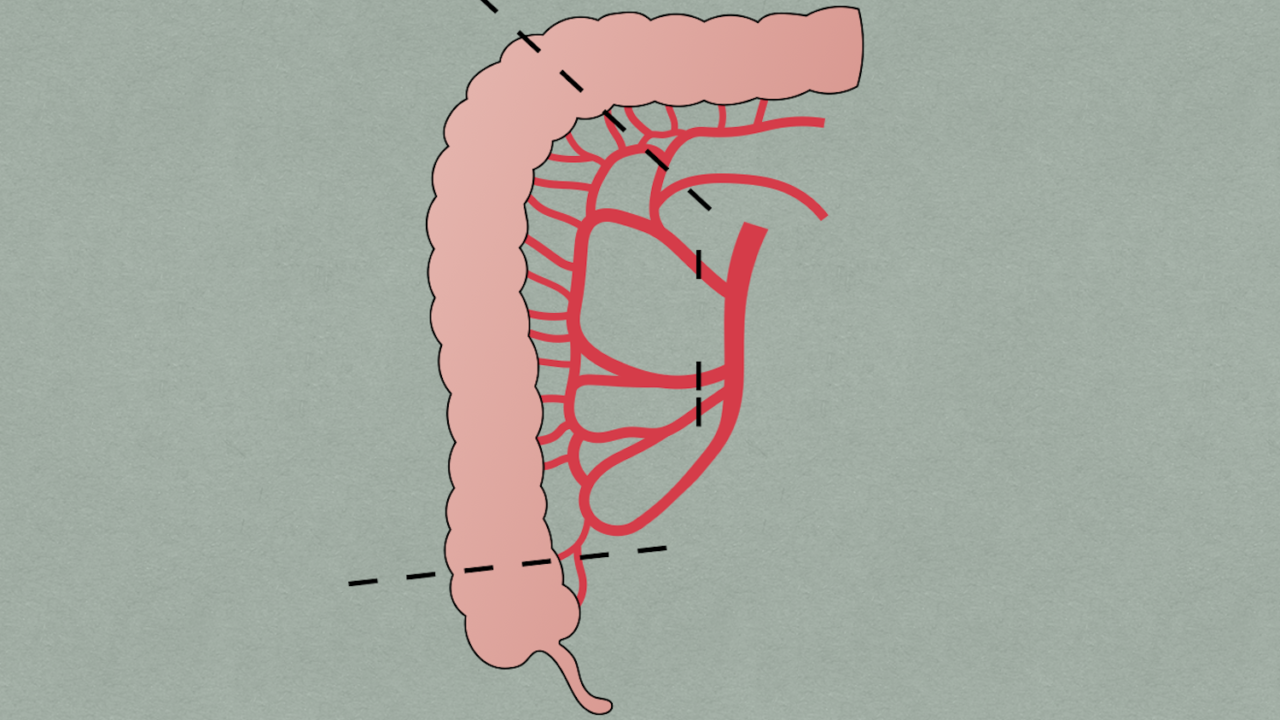 Right Colectomy, Laparoscopic
Right Colectomy, Laparoscopic
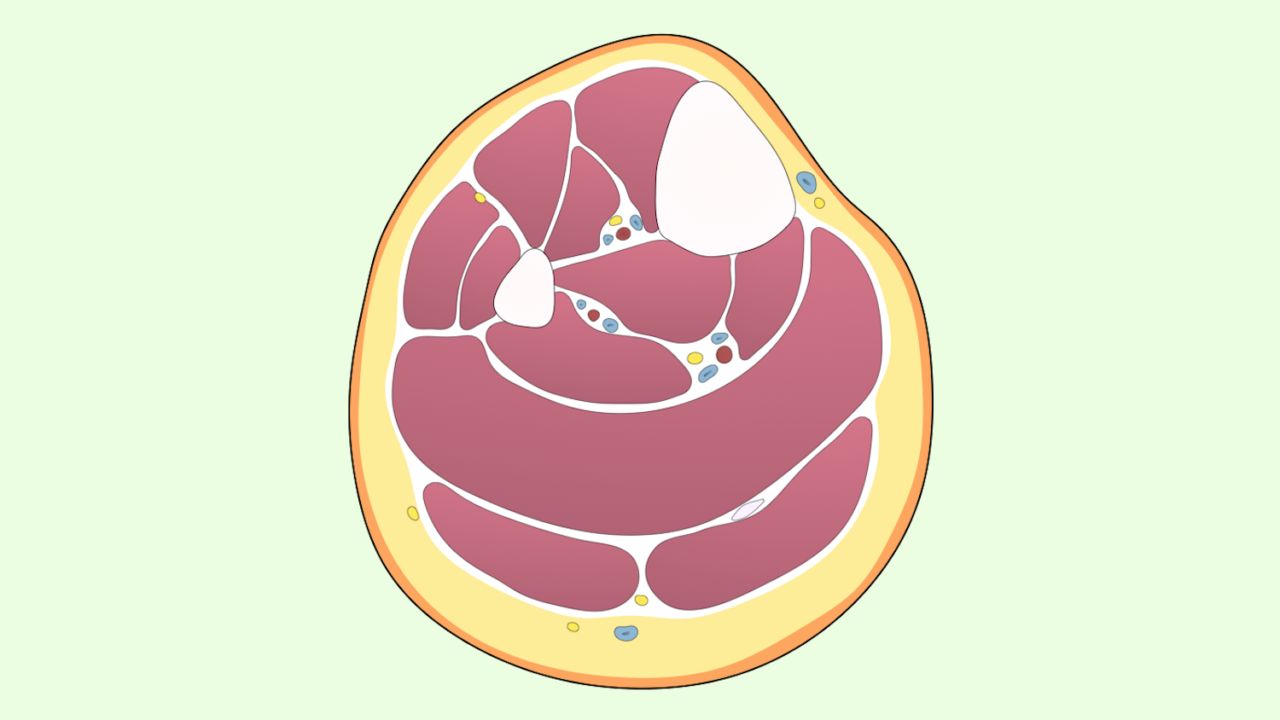 Fasciotomy, leg
Fasciotomy, leg
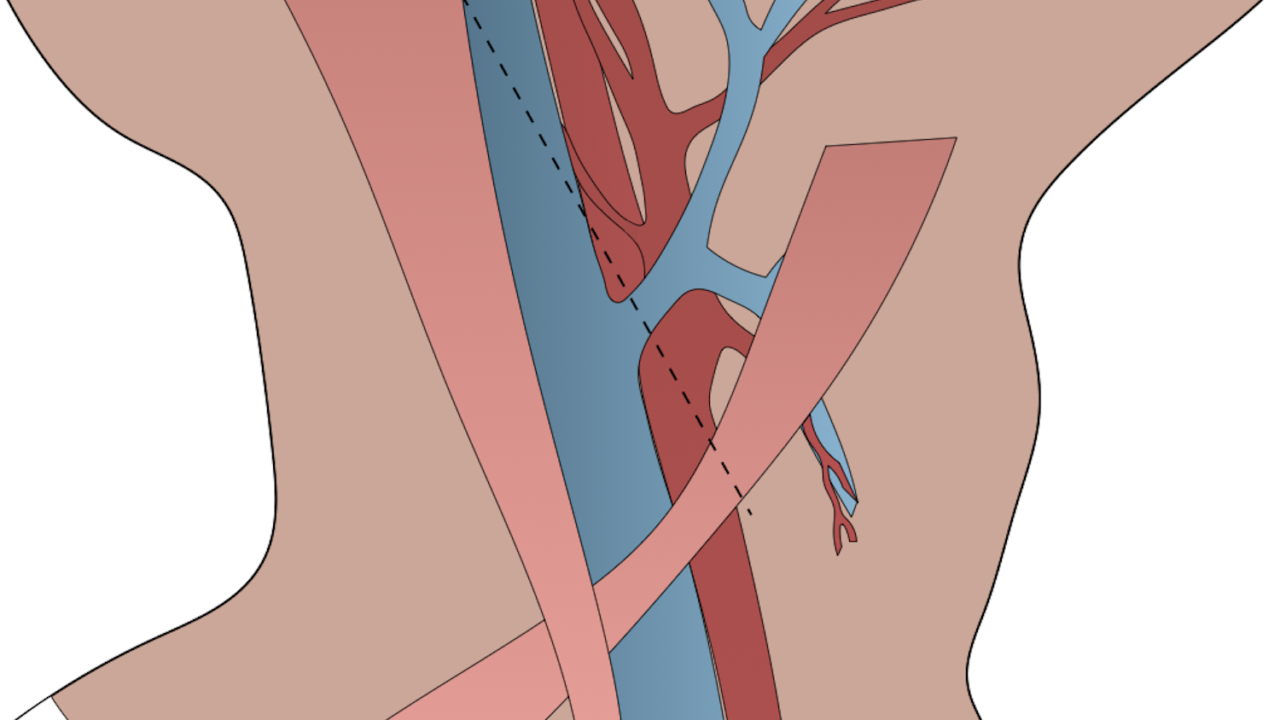 Carotid Endarterectomy
Carotid Endarterectomy
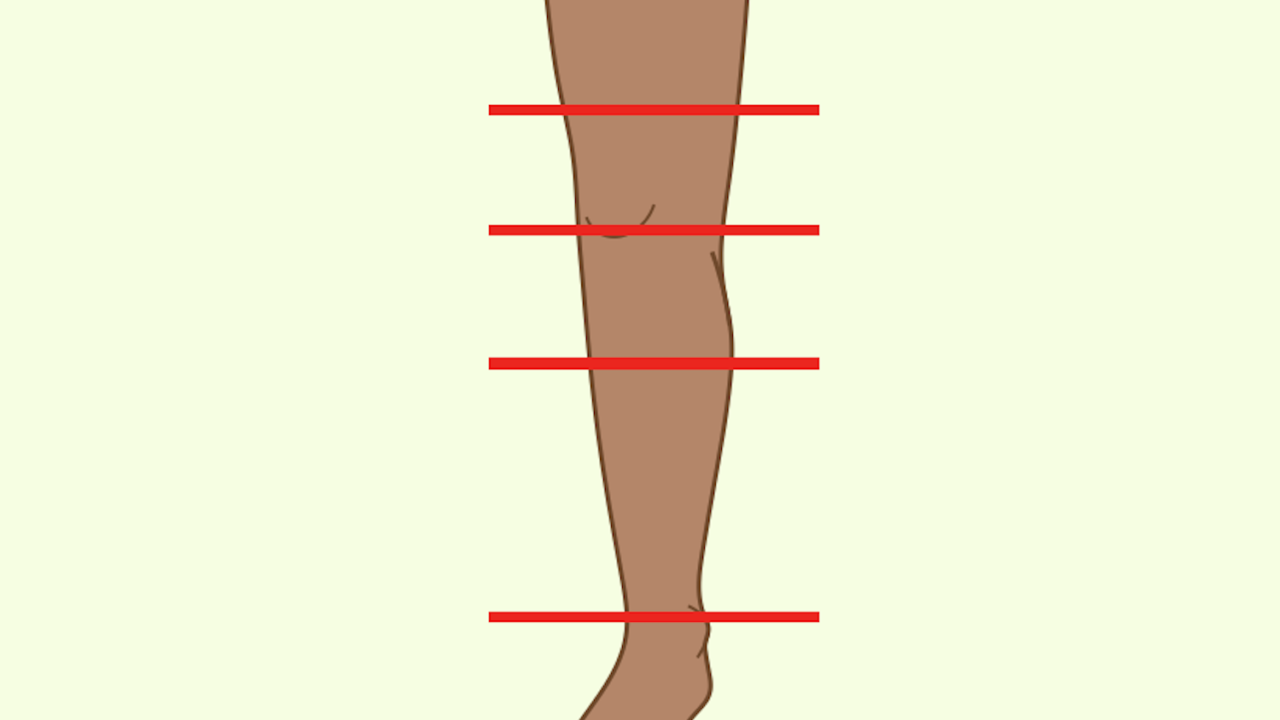 Lower Extremity Amputations
Lower Extremity Amputations
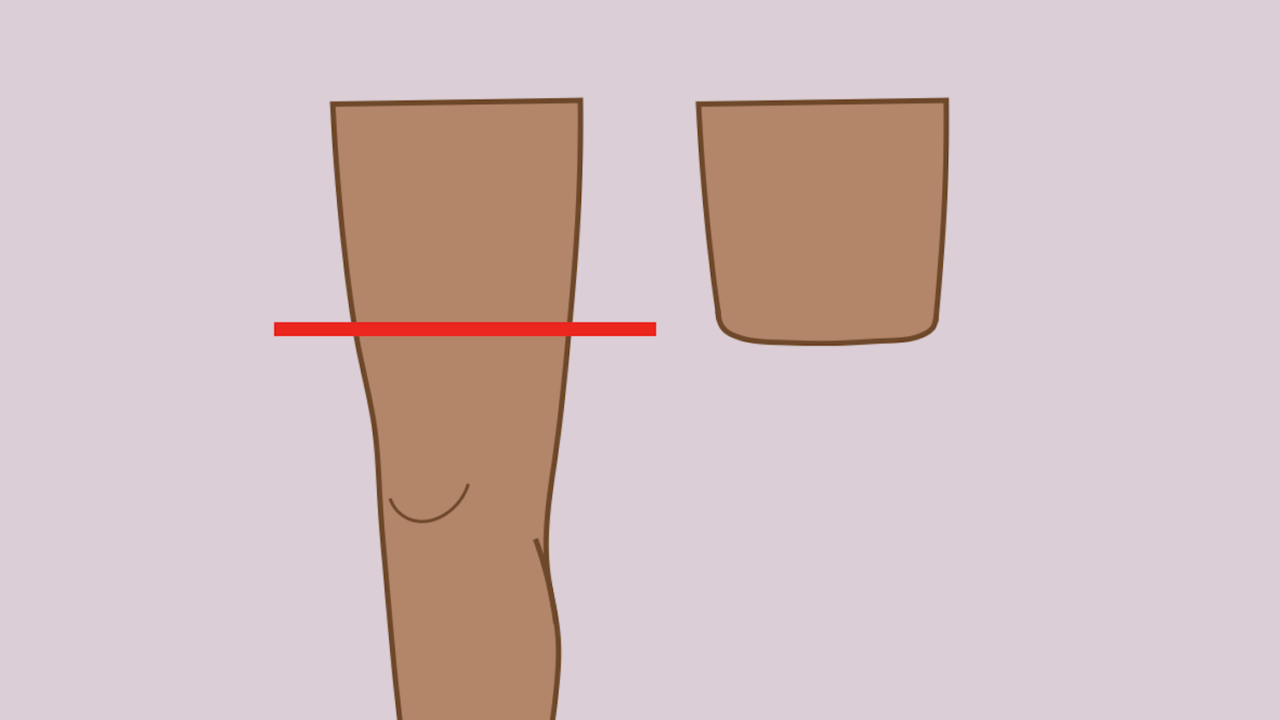 Supracondylar Amputation
Supracondylar Amputation
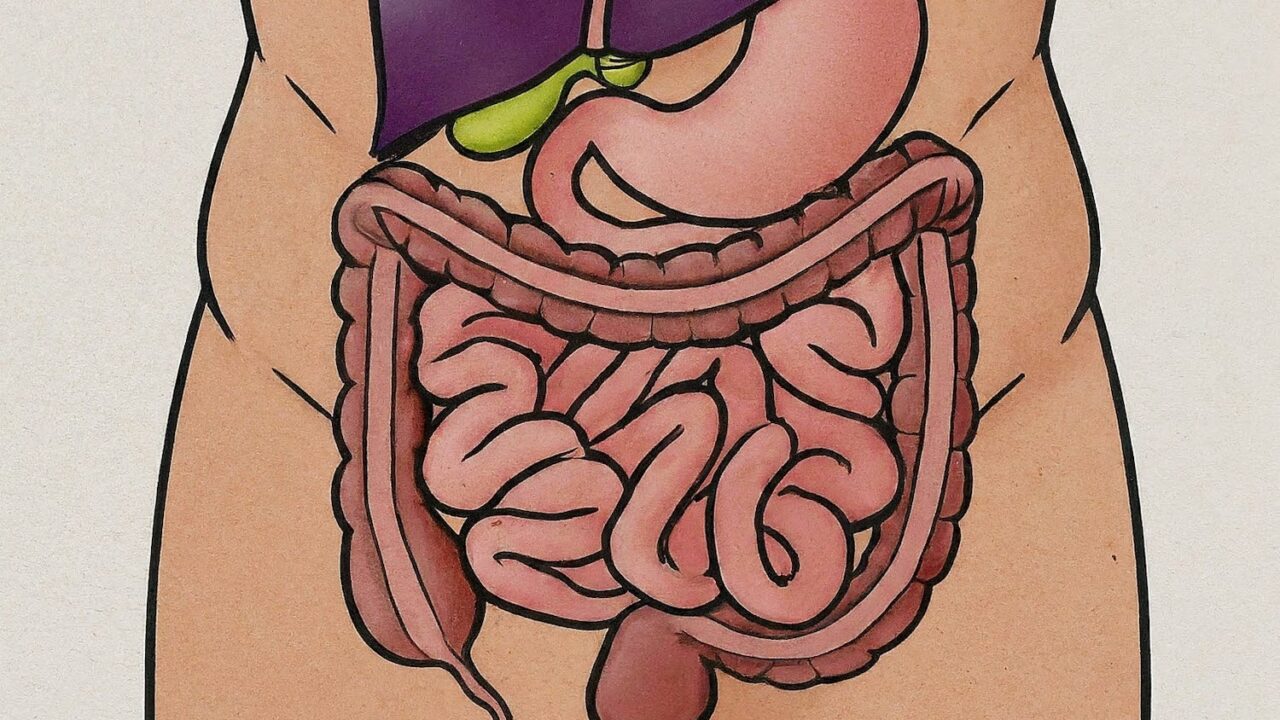 Laparotomy
Laparotomy
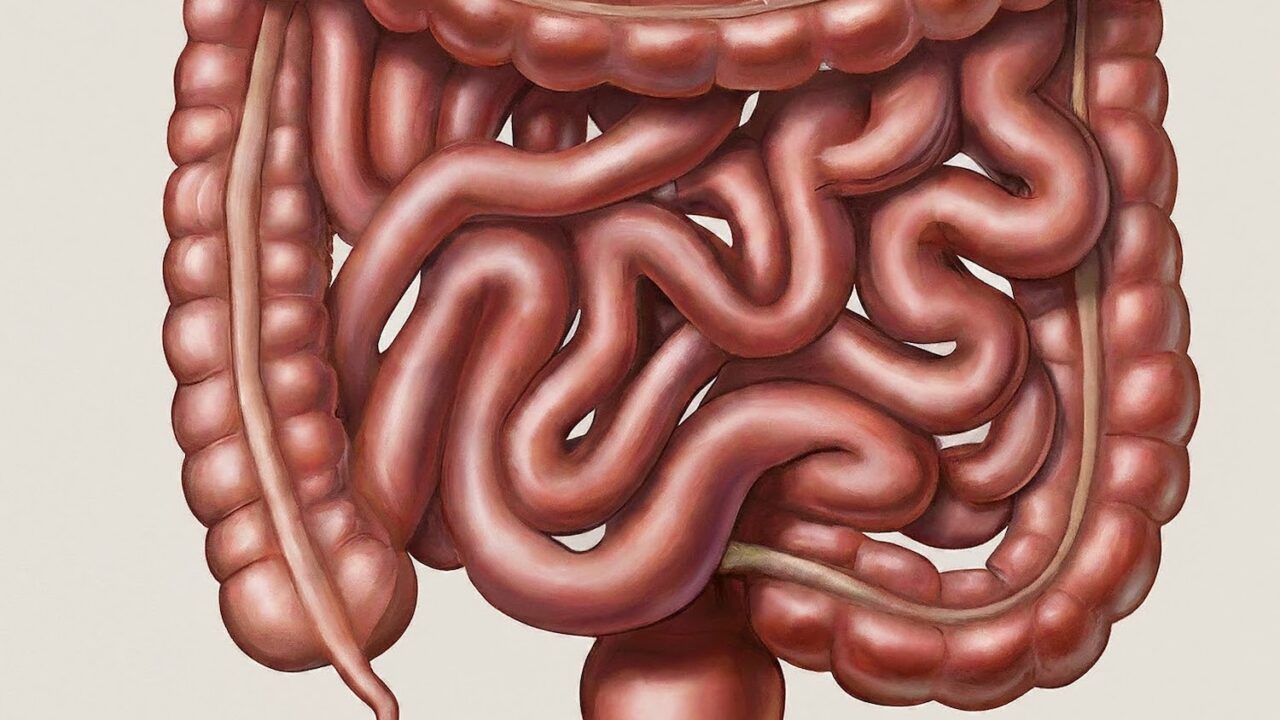 Small Bowel Resection
Small Bowel Resection
 Pilonidal Cyst Excision
Pilonidal Cyst Excision
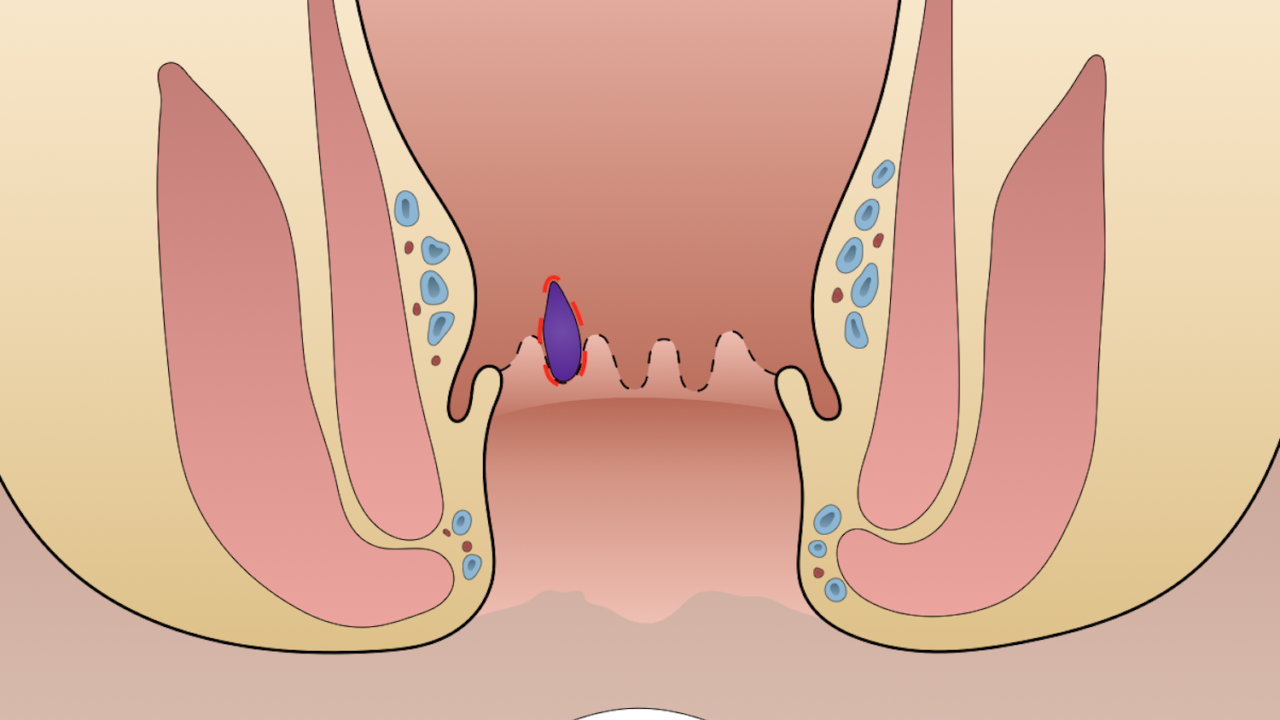 Hemorrhoidectomy
Hemorrhoidectomy
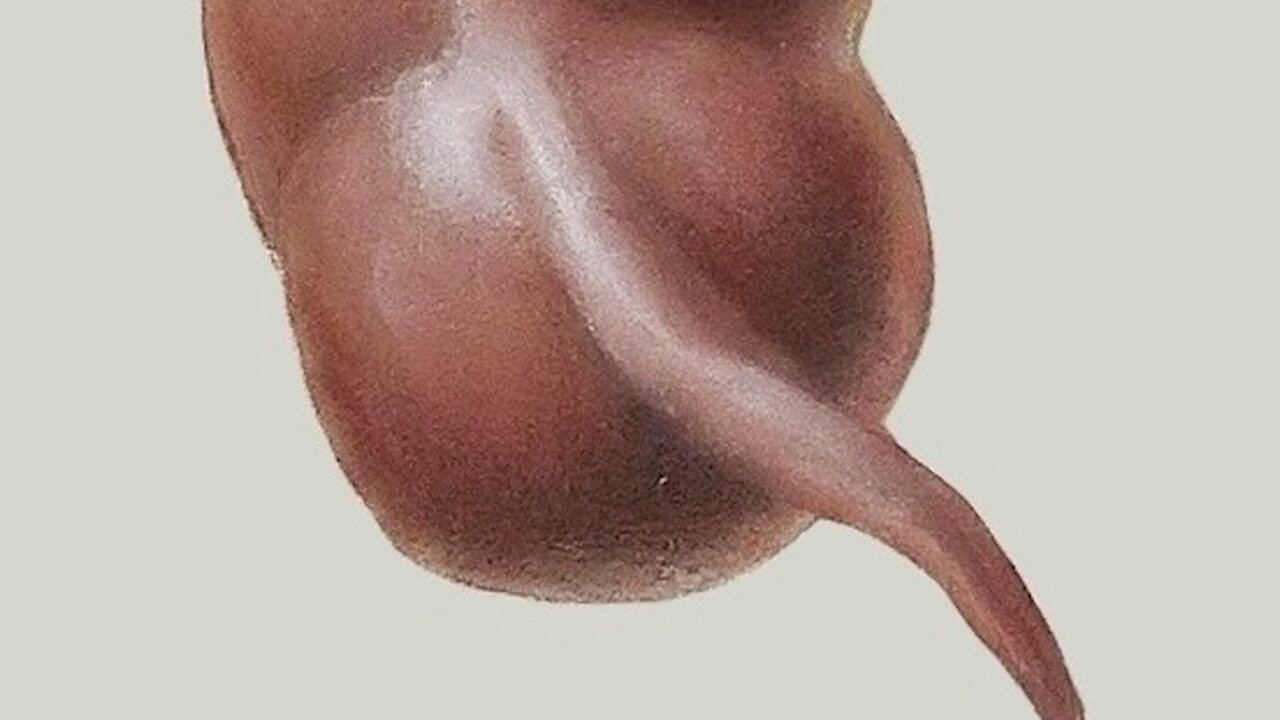 Appendectomy, laparoscopic
Appendectomy, laparoscopic
Take a look around and learn something new! This site was developed to be a single surgical site for students who want to learn as much as they can about…
Read MoreArterial line is a cannulation of a peripheral artery, which can then be used to monitor continuous blood pressure and allow for frequent blood draws, among other things. Indications Contraindications…
Read MoreThe first angiographic embolization for rectus sheath hematoma was described by Levy in 1980. The technique included transcatheter use of Gelfoam in order to stop arterial bleeding. Etiology Epidemiology Presentation…
Read MoreAndreas Vesalius was an anatomist and physician who was the first person to provide an anatomical description of the esophagus in 1543 in his book titled De Humani Corporis Fabrica.…
Read MoreMeckel diverticulum is true congenital diverticulum found in the small intestines. Its name comes from Johann Friedrich Meckel (1781-1833), a German anatomist, who first described the embryological origin in 1809.…
Read MoreStomas were intentionally created beginning in the 1700s. Alexis Littré is credited with developing the concept of a need for stoma creation. Another notable development in stoma management was creation…
Read MoreModified radical mastectomy is the surgical removal of the entire breast, including the nipple-areolar complex, majority of excess skin, and level I and II axillary lymph nodes. It may also…
Read MoreOmphalocele occurs when there is a defect in the central abdomen. It was first described in a publication 1634 by Ambroise Paré. Hey completed the first successful surgical repair of…
Read MoreEphraim McDowell performed the first successful laparotomy on December 25, 1809. The patient was Jane Todd Crawford, a distant cousin of Abraham Lincoln’s wife, Mary Todd Lincoln. Abdominal Wall Layers…
Read MoreBenign sclerosing lesions include radial scars and complex sclerosing lesions. Radial scars are are always ≤10 mm while complex sclerosing lesions are >10 mm. They exist as an area of…
Read More